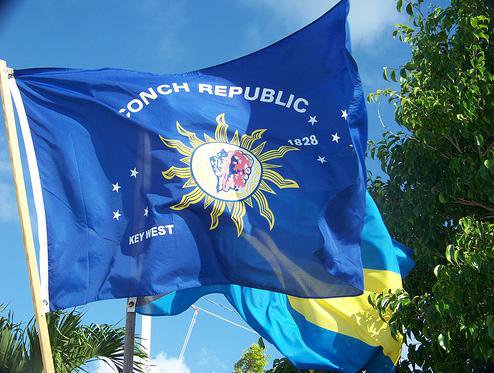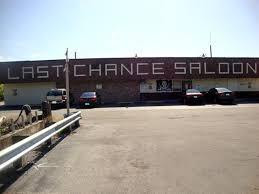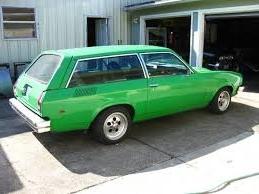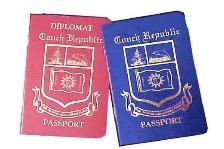So what’s all the fuss about Conch Republic Days and just what is the Conch Republic?
A narrative and recollection from the sometimes reliable memory of Capt. g.

So there we were. It was the spring of 1982 and life in the Florida Keys was a succession of days in Paradise. I was living in Key West at the time, a few hundred yards from the Southernmost Point landmark. Back then, for 75 cents, you could buy a virgin piña colada from an old Cuban guy named Bert, who set up a little push cart at the Southernmost Point. For an extra quarter he would pull a Clorox bottle full of rum from under the cart and your drink would lose its virginity. It was a Bohemian Paradise.
At the time, Key West was known to we who lived there as “the end of the world”. It attracted eccentrics of every variety. Street performers, drag queens, smugglers, vagabonds, refugees and more. The smugglers and the refugees were what got the attention of the U.S. Gumint. The amount of narcotics (back then, mostly marijuana) and refugees from Cuba and Haiti flowing through the Keys got some highly placed Washington DC skivvies in a wad and they decided something had to be done. So, DC folks being what they are, they sent a contingent of US Border Patrol officers to the Keys, who set up a checkpoint on US 1 (Useless One to those of us who traverse it regularly) right at Skeeters Last Chance Saloon.

Skeeters was, and still is, right at the end of Florida City on the mainland at entrance to the Keys. Every vehicle coming into or out of the Keys was stopped, the occupants ID’d, and either cursorily or thoroughly searched. This caused impressive backups on the two-lane road.
I experienced this personally while driving from Key West to Miami. Headed north, I and my 1975 apple green Chevy Vega with a dented left front fender (don’t judge me, I was poor at the time) were stopped by a team of three Border Patrol Officers. One looked at my ID and asked ridiculous questions, assumedly to trip me up and make me confess something. Another looked under the car in case I was dragging a Haitian to freedom in Miami.

The last looked in all the windows, and then told (not asked) me to get out and open the hatch in the rear. I did. He then proceeded to lift the little piece of carpeted cardboard under which the spare tire was stored, in case I had dehydrated refugees in there to which I would add water in Miami thereby reconstituting them to freedom. Finding nothing, they let me pass.
This process was repeated a few hours later as I headed home from Miami, I suppose in case I was smuggling people back to Cuba or Haiti. This, or something like it, happened to every car in the line.
Tourism, our second biggest industry after smuggling, was suffering. People were irate. We complained and appealed to the Gumint, and they stuck their tongues out at us. We tried to get an injunction in court, more tongues. Since the US was treating us like a foreign country, we did the only sensible thing left to do.
We promoted our mayor, Dennis Wardlow, to Prime Minister. On April 23, 1982, he declared the Keys to be an independent nation known as the Conch Republic (conch is pronounced “conk”). We declared war on the U.S., by the symbolic act of the PM breaking a loaf of stale Cuban bread over the head of someone dressed in a naval uniform, and, one minute later, surrendered to that same man and demanded a billion dollars in foreign aid and war reparations.
Well, we’re still waiting for the billion bucks. We never got any foreign aid or war reparations. What we did get was a ton of worldwide publicity and the attention of everyone inside the giant squirrel cage known as the beltway. Late night hosts joked about it. Editorial cartoons lampooned it. Politicians decried it. And just as suddenly was it appeared; it was gone.
So that’s how we came to be. The Conch Republic lives on today. We have a consulate in Key West. We issue passports. We have an Army, Navy, Air Force, and even a CIA.

We celebrate our independence every April with a weeklong series of social and political events (what folks from the U.S. would call a party) and invite everyone from all over the world to attend.
Seriously, if you haven’t experienced it, you need to come down to see it at least once in your life.
Tune in next time and I’ll tell you about the time the U.S. Army invaded the Conch Republic, and the time we invaded the United States.
¡Viva la Republica de la Concha!
g.
